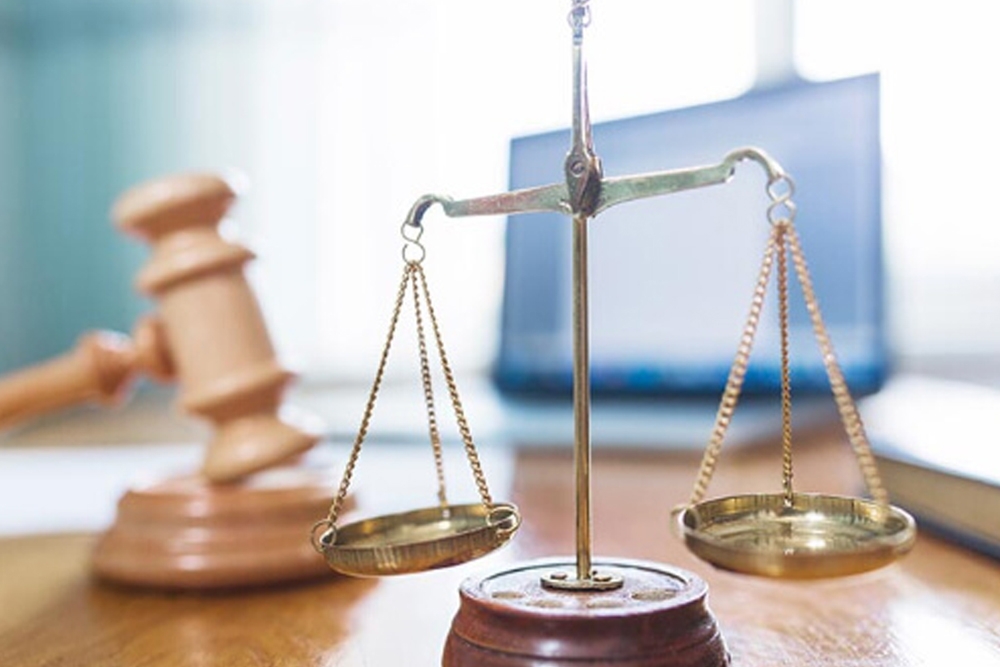BANKRUPTCY TRICK: Lien Strip a Previously Discharge Mortgage

While the Bankruptcy Code prohibits modification of a secured home mortgage, most courts permit an underwater debtor to “lien strip” an entirely unsecured junior mortgage. For instance, suppose Roger “Raj” Thomas owes $100,000 on a first mortgage and $20,000 on a second, but Raj’s home in Watts is only worth $90,000. In most jurisdictions Raj may “strip” the second mortgage lien, which converts its debt into an unsecured obligation. At the end of the Chapter 13 case, the lien is stripped off Raj’s house and whatever is not paid during the case is discharged.
Lien stripping in conjunction with a Chapter 13 discharge is common. What is uncommon is lien stripping when the debtor is ineligible for a discharge. This situation arises in a case colloquially known as a “Chapter 20,” or a Chapter 7 with discharge followed by a Chapter 13 filing (Chapter 7 plus Chapter 13 equals Chapter 20). Bankruptcy courts are split on whether to allow a debtor to lien strip property in a Chapter 13 case when he is ineligible for discharge due to a prior Chapter 7 discharge; however, a growing number of Circuit Courts are allowing the process. See Wells Fargo Bank N.A. v. Scantling (In re Scantling), ___ F.3d ___, 2014 WL 2750349 (11th Cir. June 18, 2014); Branigan v. Davis (In re Davis), 716 F.3d 331 (4th Cir. 2013); Fisette v. Keller (In re Fisette), 455 B.R. 177 (B.A.P. 8th Cir. 2011).
Recently, the Sixth Circuit Bankruptcy Appellate Panel joined these Circuit Courts in the case of In re Cain, No. 13-8045 (6th Cir. BAP, July 14, 2014). The debtor, Cain, filed Chapter 7 bankruptcy in 2008 and received a discharge, including a discharge of her personal obligation a second home mortgage. The second mortgage was completely underwater, so, Cain filed a Chapter 13 bankruptcy case a few months after her Chapter 7 discharge. Cain was ineligible to receive a discharge in the Chapter 13 case since it was filed within four years of the Chapter 7 case. See 11 U.S.C. § 1328(f)(1). Nevertheless, she proposed to lien strip the home upon completion of her Chapter 13 case, which paid an outstanding auto loan, delinquent tax obligations, and cured a default on her first mortgage. The plan was confirmed, but in 2013, the bankruptcy court denied Cain’s motion to avoid the lien on the second mortgage at the end of her case. The Sixth Circuit Bankruptcy Appellate Panel reversed the bankruptcy court and held that “nothing in the Code prevents a Chapter 20 debtor from stripping a wholly unsecured junior lien on the debtor’s principal residence.”
Chapter 20 is a valuable strategy when the debtor can initially qualify for Chapter 7 bankruptcy (based on a low income or business debt exception) and has one or more unsecured junior liens. By eliminating all dischargeable unsecured debts in the Chapter 7 case, the debtor is not bound by the anti-discrimination rules in Chapter 13. In other words, the debtor may pay student loans or other non-dischargeable, non-priority unsecured debts, and not worry about discriminating against other unsecured creditors (who were discharged in the Chapter 7 case). Through Chapter 20, the debtor has an opportunity to receive many of the benefits found in Chapter 7 and Chapter 13.
